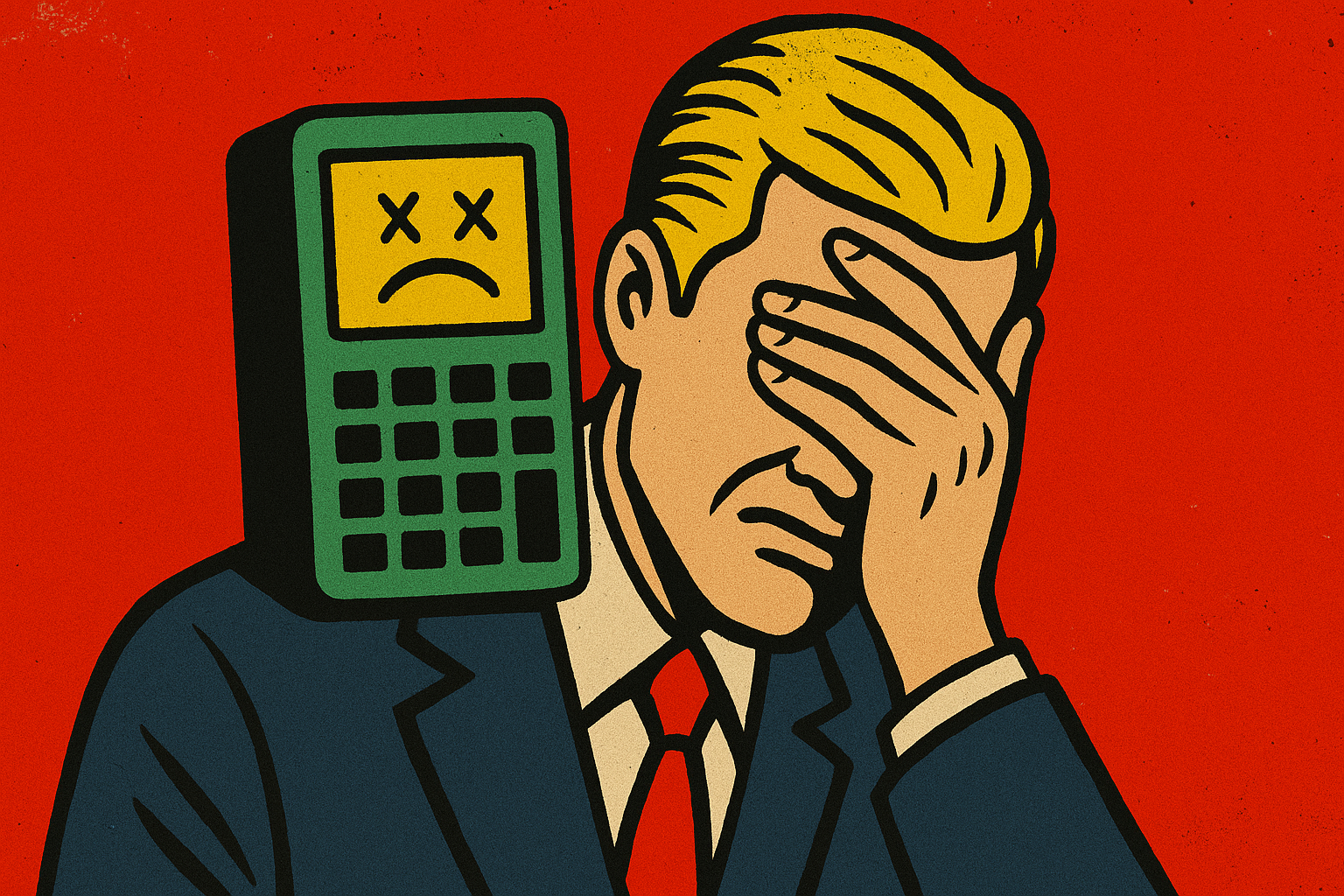Because sometimes the spreadsheet is the villain.
Being “data-driven” was supposed to make marketing smarter.
But somewhere along the way, it made it safer. Bland. Predictable.
The obsession with dashboards and benchmarks has turned too many campaigns into PowerPoint-approved mush — engineered to perform “okay” instead of actually moving people.
Here are 11 times data-driven thinking suffocated creativity — and how smart teams flipped the script.
1. When the dashboard became the brief
We’ve all been there: a campaign designed around last quarter’s analytics.
What performed before becomes the benchmark — and suddenly every idea looks the same.
What smart teams did: They used data as a mirror, not a map. Review it for insight, then break it with intent.
2. When A/B testing turned into A/Z testing
Endless iteration kills instinct. You don’t need 48 headline tests to know which one actually hits.
What smart teams did: They ran fast experiments, then trusted the creative gut once patterns emerged.
3. When “best practices” became the ceiling
“Don’t post long captions.” “Never use text in thumbnails.” “Stick to the format.”
Cool — and that’s why every brand looks identical.
What smart teams did: They treated “best practices” as starting points, not commandments.
4. When you let benchmarks define bravery
If your campaign’s goal is to “hit industry average,” congratulations — you’re planning to be forgettable.
What smart teams did: They built for impact metrics, not vanity metrics. (Think: earned media, share of voice, brand mentions — not just CTR.)
5. When creative became a spreadsheet column
Every modern marketer’s nightmare: reducing art to analytics.
What smart teams did: They built creative scoring rubrics that factored storytelling, tone, and originality, not just click rates.
Colabora sin esfuerzo, ahorra tiempo y gasta menos
¿Por qué conformarse con una herramienta de gestión de redes sociales mediocre cuando podrías estar usando Sked Social? Con acceso ilimitado de colaboradores, aprobaciones simplificadas y tecnología avanzada de auto-publicación que te permite programar en todas las principales plataformas, Sked Social ofrece todo lo que necesitas.
Comienza GRATIS6. When predictive AI flattened the work
AI tools trained on the past can’t invent the future.
What smart teams did: They used AI for inputs, not outputs — inspiration, not imitation.
7. When the algorithm started leading the strategy
Teams stopped asking “what do we want to say?” and started asking “what will perform?”
What smart teams did: They made algorithm-friendly ideas that still carried a human pulse — content designed for people first, platforms second.
8. When reporting became the job
Half of social managers’ time now goes into screenshots, dashboards, and decks.
What smart teams did: They automated the data, then focused energy on why things worked, not just what worked.
9. When creative teams got scared to lose
Fear kills risk. And data, when used wrong, fuels fear — nobody wants to tank the graph.
What smart teams did: They rebranded “failure” as testing at scale. Not every post needs to win if it teaches something.
10. When gut instinct was treated like guesswork
The best creators and strategists still have taste — something data can’t replicate.
What smart teams did: They paired creative intuition with analytics, not against it. Numbers validate instincts; they don’t replace them.
11. When you forgot the point of all this
Data is a tool, not a truth. It can tell you what people did — not what they felt.
What smart teams did: They used data to measure performance, but kept emotion as the ultimate KPI.
The fix: be data-informed, not data-obedient
The future of marketing belongs to teams who can read the numbers — then ignore them when they need to.
Because the next big campaign won’t come from a dashboard.
It’ll come from someone willing to take a creative swing when the data says, “don’t bother.”
The takeaway:
Being data-driven sounds smart until it starts sounding the same.
The best marketers use data to sharpen creativity, not strangle it.
The next time someone says, “the data says no,”
ask them: does the idea say yes?










